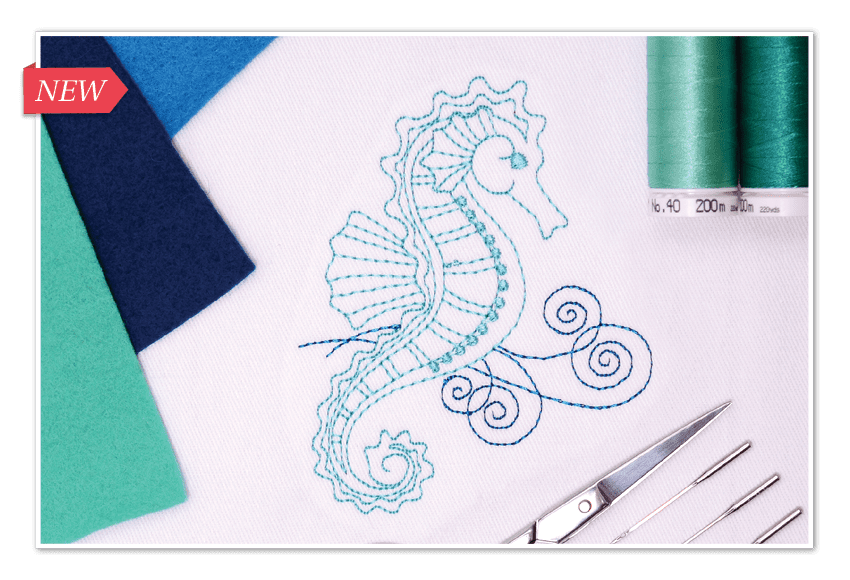

Initializing a function with a function expression We will use function expression syntax to initialize a function and class expression syntax to initialize a class. Classes are declared with the class keyword. Classes Are FunctionsĪ JavaScript class is a type of function. Because other programming languages use classes, the class syntax in JavaScript makes it more straightforward for developers to move between languages. Classes in JavaScript do not actually offer additional functionality, and are often described as providing “syntactical sugar” over prototypes and inheritance in that they offer a cleaner and more elegant syntax. The language specification ECMAScript 2015, often referred to as ES6, introduced classes to the JavaScript language. Until recently, industrious developers used constructor functions to mimic an object-oriented design pattern in JavaScript. You can read more about prototypes in our Understanding Prototypes and Inheritance in JavaScript tutorial. Adjust position based on the new starting pointģ.JavaScript is a prototype-based language, and every object in JavaScript has a hidden internal property called ] that can be used to extend object properties and methods. Save and Export to a file that works with the machineĢ. Move the object to the top of the stitching sequence so it shows up as first in the listĥ. Change the color of the newly digitized object to be a different color from the design's first "real" colorĤ. Make sure True View is off and digitize a very tiny open shape (like a very short running stitch) in the green circle - zooming in might make it easierģ. Set the desired Auto Start point using the Auto Start and End prompt under the Customize Design or Output Design tabs on the leftĢ. I'll include screenshots of it working too, but here are the steps.ġ. This gave me a good idea for a workaround, though, if anybody in the future runs into this type of issue!
UNDERSTANDING OBJECT TYPES IN WILCOM HATCH MANUAL
I checked the manual and it didn't mention anything about overriding the starting point. I think you're right - I think the machine itself just doesn't want to listen. I was hoping that by using the Auto Start and End points feature, I would be able to set the starting needle position wherever it would be necessary for the design.

The fifth picture is of the on-screen control options that I have available to check the positioning - it only has the four corners and the center to help position. EXP file to the machine - basically where the object's first stitch is. The fourth picture shows the starting needle position in the top left as soon as I import the. In the third picture, I am showing that the Auto Start and End icons are at least showing up correctly on Hatch. In the next picture, I am showing the Auto Start and End positions I am wanting to set in the pop up. In the first picture, I have just a rectangle with the object's stitch starting point in the top left corner. I attached a few screenshots and pictures to hopefully demonstrate my problem a little more clearly. It retained the color information, but I wasn't having any troubles there. EXP format to see if that would solve the positioning issue, but I didn't have any luck. PES file format out of comfort since it's what I used on my older machine. The Bernette 70 Deco is able use a few different file formats, so I had just used the.

Please Log in or Create an account to join the conversation. Is my understanding of how Auto Start and Auto End works correct? I was hoping Auto Start and Auto End would be able to help me better align my designs with my new machine if I needed to have the needle positioned in a specific place in the beginning. The machine I used in the past (Brother PE535) was able to align using 9 different points, so I didn't have to rely on Auto Start in my design - but the machine I am using now (Bernette 70 Deco) only has on-screen functions to align using the corners. What I am seeing is when I move the design over to the machine, it is auto-aligning with the first stitch of the design in the top left. PES file, I would be able to load it onto the machine and it would automatically align the needle to the bottom center of the design (where I placed the auto start parameter) for easier positioning. What I was expecting to happen was when I set those auto start and auto end parameters and exported to a. The first stitch of the rectangle is actually near the top left corner. To illustrate where I am - I digitized something really easy to test with, like a rectangle, and set the Auto Start point to the bottom center and the Auto End point to the top right corner. I am not sure if maybe my understanding of Auto Start and Auto End is incorrect or if I am just doing something wrong, but I was wondering if somebody could help me understand this a little bit better.


 0 kommentar(er)
0 kommentar(er)
